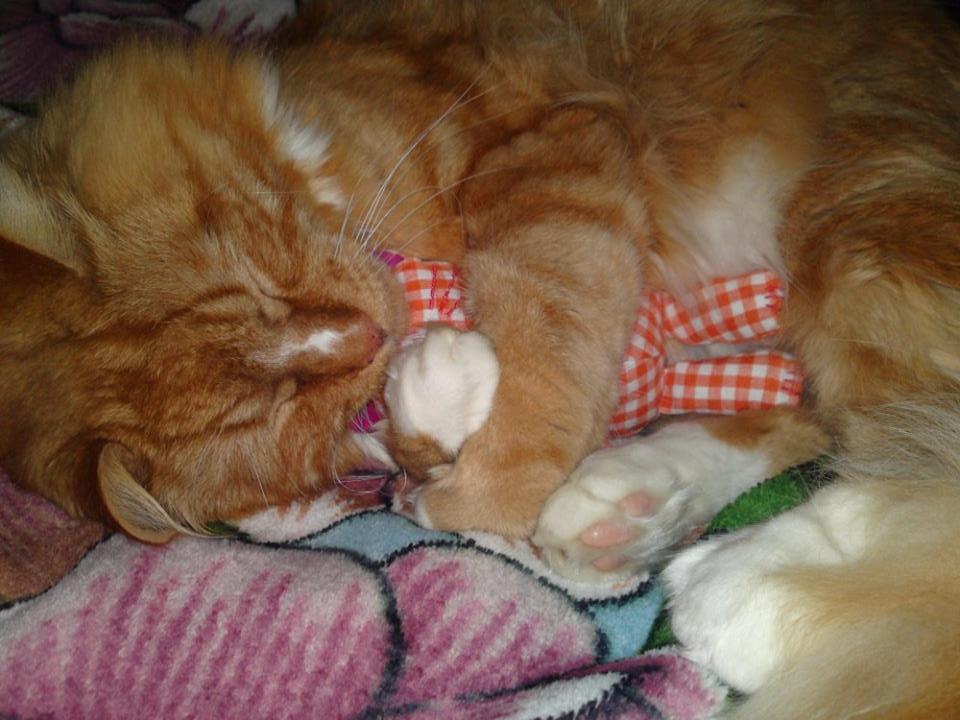 Happy pets
Happy pets Most responsible owners naturally have concerns about transporting the four-legged members of their family, but the process is easier than you may think.
However, advanced planning plays a big part in ensuring everything goes smoothly, especially as most countries have different rules and regulations.
Travelling pets are well looked after in the cargo hold. The area is kept dark to keep your pet calm; it is the same air pressure and temperature as the cabin (between 12-18°C).
Here’s our top tips:
- Follow the rules and regulations precisely, to avoid your beloved pet spending a period of time in quarantine, which can be expensive. Hold ups can be caused by incorrect health paperwork, e.g. incorrect microchip reading, rabies paperwork, invalid tapeworm treatment etc. You can send your pet’s paperwork to your destination airport Border Inspection Post in advance so that it can be checked with the requirements;
- Do not to feed your pet before their flight to avoid sickness and mess in their kennel. This may cause your pet unnecessary distress;
- Buy a suitable kennel/cage, which meets International Air Transport Association (IATA) regulations, before your trip so your pet can get used to it as their bed, particularly if they have never travelled in one before. This will help them feel more secure as they will be familiar with their new surroundings. We would recommend that our clients come to our office with their pet for a ‘fitting’.
- Contact your destination airport to ensure they have space to accommodate your pet on arrival (Animal Reception Centre);
- If travelling to the UK from a non-EU country you will need to complete a C5 customs form.
- Work closely with your freighting company who should:
o check with the airline to confirm they have an approved route for transporting your pet to the required destination;
o check with destination authorities, for advice on the health regulations, e.g. export/import licence requirements;
o Liaise with the destination airport to ensure there are suitable facilities for animals i.e. Border Inspection Post;
o advise you on the kennel/cage required depending on the size of your pet. It is very important that you use the correct size as per the regulations. If you arrive at the airport with a kennel that is too small the airline will refuse to carry your pet on-board.
o line your chosen kennel with vet bedding, which is absorbent and keeps your pet comfortable during its journey.
Some airline routings require an overnight stop before onwards travel. Your pet will be housed in an animal facility with staff in attendance 24/7. They will be let out of their transport box, into a bigger kennel, where they have access to food and water.
At your destination you’ll need to make arrangements to get your pet home. Remember some of the larger travel kennels do not fit into cars. Check whether your transporter offers a pet taxi service. If you are travelling on the same flight as your pet, this means that you can travel home, unpack and settle in while your pet is brought to you.
Then you can put the kettle on and enjoy your new home with your pet.
………
With more than 20 years’ experience assisting furry friends to travel safely and correctly, Extrodinair offer their advice for free. Contact them for more information. www.extrordinair.co.uk or email [email protected]
The DEFRA website confirms the UK import requirements and approved routings.
www.gov.uk/take-pet-abroad






 RSS Feed
RSS Feed
